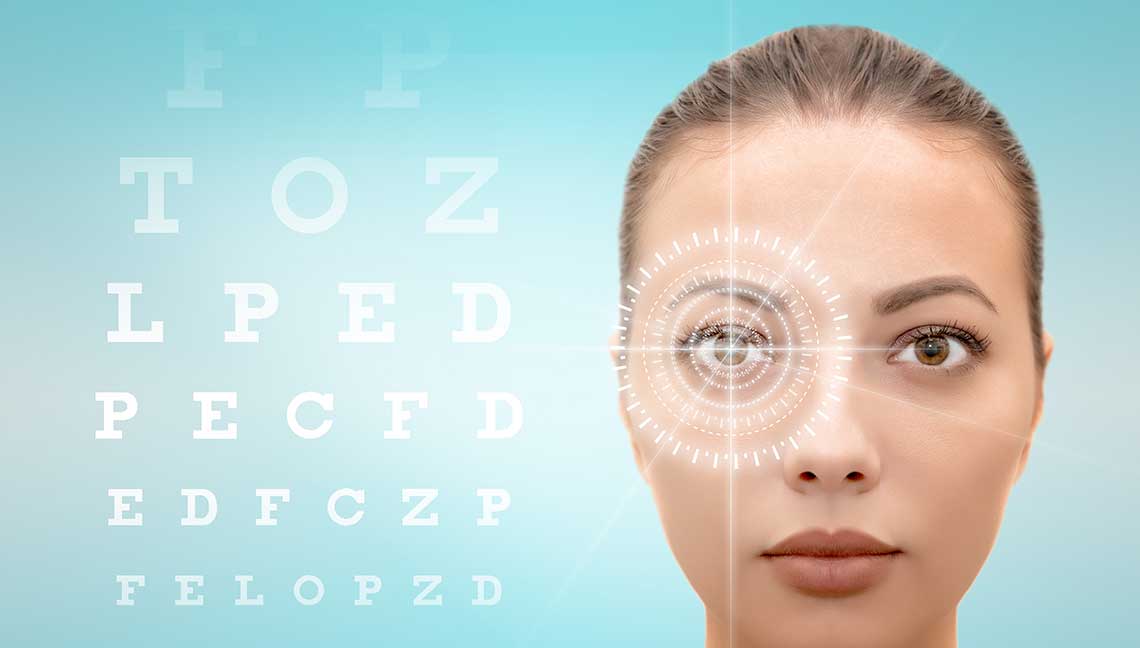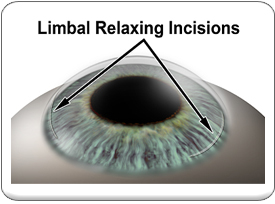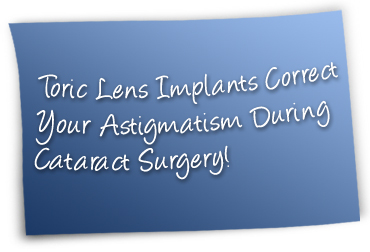New Windsor, NY 12553

Traditional Cataract Surgery
No-Stitch Cataract Removal is one of the most modern surgical procedures performed by Highland Ophthalmology's surgeons. It is quick (10-15 minutes), efficient, painless, and usually does not require sutures. This speeds the recovery process and eliminates the nuisances associated with suture erosion and removal.
Most patients experience a rapid return to good vision following no-stitch/small-incision cataract surgery. In many cases, patients are able to see relatively well without glasses the day following cataract surgery. Fast healing and a quick return to an active lifestyle is one of the popular appeals of no-stitch/small-incision cataract surgery.
For most patients, the potential benefits of No-Stitch Cataract Surgery include:
- No stitches since the tiny incision seals by itself
- Topical anesthesia provides a rapid recovery
- Clear vision returns almost immediately
- Less chance of surgically-induced astigmatism
- Fewer visits for follow-up care
- Little, if any, discomfort
Cataract Surgery: Options to Correct Astigmatism and/or Presbyopia
It is important to know about astigmatism and cataract surgery because this refractive condition can affect your ultimate vision correction after your cataracts are removed, and thus your overall satisfaction with your surgery.
Astigmatism is a common refractive eye condition that, depending on its type and severity, may cause blurred vision. Generally, astigmatism is caused by the cornea having an irregular shape. The cornea of a perfectly shaped eye has a smooth spherical surface, like a basketball. In eyes that have astigmatism, the cornea will have more of an oblong, football-like shape, kind of like the shape of the back of a teaspoon.
Astigmatism does not always require correction in order to achieve good vision. Many people have some astigmatism. If only a small degree of astigmatism is present, you may not even notice it, as it will not disturb your vision. Greater degrees of astigmatism do cause a blurring and sometimes a shadowing of vision and thus require correction in order to help you see your best.

Astigmatism can be pre-existing, meaning that it is present as part of your refractive error before your cataract surgery, or it can be post-surgical meaning that it occurred as part of your eye's healing response to your cataract surgery.

Pre-existing astigmatism can be corrected as part of your cataract surgery to improve your vision and help you be less dependent on glasses. You may not even have to wear eyeglasses at all to see clearly at distance after your cataract surgery. Pre-existing corneal astigmatism can be corrected during your cataract surgery by two methods:
- A procedure called Limbal Relaxing Incisions (LRI) allows your surgeon to place small peripheral incisions in the cornea to "relax" the astigmatism

- An implantation of an astigmatism-correcting "toric" intraocular lens.
- The procedure that is right for you depends on the degree of astigmatism to be corrected. In some instances, it may be necessary to have both a toric lens implant and an LRI to achieve your goal of not needing glasses to see clearly at distance after your cataract surgery.

Monofocal toric lens implants do not correct presbyopia, and therefore, most patients still require reading glasses or bifocals to be able to comfortably perform near vision tasks such as reading and intermediate vision tasks such as computer work. If you have a considerable amount of astigmatism, we will discuss toric lens implants with you, as they may be a good option for providing you with the best possible vision without needing eyeglasses to see at distance after your cataract surgery.
Although monofocal lenses are able to provide the best vision at distance only, there are other lens options that can restore a full range of vision. These premium presbyopia-correcting intraocular lenses include multifocal intraocular lenses and extended depth of focus lenses. If you are looking for spectacle independence following cataract surgery, talk to your cataract surgeon to see if these lenses are a good option for you.
The information that has been provided here is intended to give you an overview of cataract surgery, astigmatism, and presbyopia-correcting intraocular lenses. It is possible that your individual experience might be different. None of the information provided here is meant to substitute or replace our personal consultation with you nor does it replace the need for you to consult with us here at Highland Ophthalmology on the specific details of cataract surgery, astigmatism, LRIs (limbal relaxing incisions) or premium lens implants.
For additional information about cataract surgery, please CLICK HERE.


